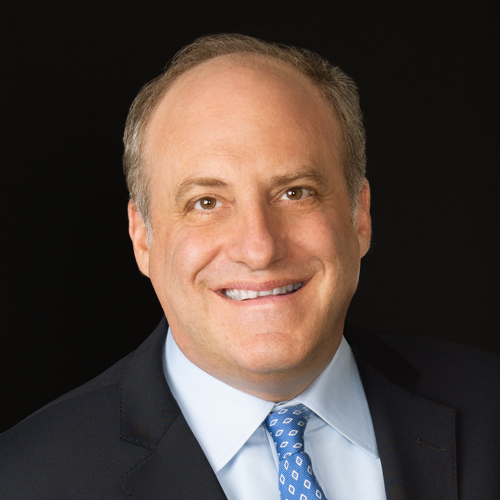With both the False Claims Act and the Administrative False Claims Act now part of the federal arsenal, companies dealing with US government funds can expect to see increased scrutiny of alleged false claims by the Department of Justice and administrative agencies.
Congress passed the Administrative False Claims Act in late December as part of the National Defense Authorization Act. The new law significantly expands federal agencies’ ability to investigate fraud claims and provides new incentives for agencies to initiate, pursue, and settle investigations of false claims, which are when companies make materially false statements to secure reimbursement through a government contract or federal program.
The False Claims Act, enacted in 1863 in response to fraud by government contractors during the Civil War, has been the government’s primary civil enforcement tool to remedy this type of fraud. The task of enforcement and investigation largely has fallen to the Justice Department or private whistleblowers.
But the AFCA empowers and encourages agencies to undertake their own investigations against alleged fraud at lower-dollar thresholds—thus diversifying the enforcement authority for false claims.
Although the AFCA’s predecessor statute, the Program Fraud Civil Remedies Act of 1986, authorized agencies to investigate false claims through administrative channels, the AFCA removes obstacles associated with its predecessor and revamps agency false claims enforcement by:
- Authorizing recovery for double the amount of each false claim and raising the PFCRA’s maximum per-claim recovery cap from $150,000 to $1 million, with automatic adjustments for inflation
- Enabling agencies to recuperate costs associated with their AFCA investigations and enforcement actions
- Expanding the number of agency personnel authorized to adjudicate false claims cases
- Extending the statute of limitations from within six years to within 10 years of the date of the violation, under certain circumstances
The $1 million maximum recovery cap means agencies are more likely to pursue standalone false claims investigations. The higher cap, with the double damages provision, also increase agencies’ leverage to seek heightened recoveries during settlement negotiations and in enforcement actions. By redirecting lower-level fraud allegations to administrative channels, the AFCA also frees the Justice Department to pursue more significant false claims investigations, for which it touted over $78 billion in recoveries since 1986.
Because any AFCA recovery reimburses the agency that pursued the investigation, it creates a self-funding mechanism for investigations outside of general appropriations. This further encourages smaller-scale false claims probes—even at or below the previous $150,000 threshold—that might otherwise have gone unaddressed due to limited agency resources. The AFCA also reduces personnel constraints by expanding the categories of officers authorized to oversee these claims.
Compared with the False Claims Act, which only imposes liability where there is an underlying claim for government funds, the AFCA expands the scope of liability by authorizing recovery for false statements in the absence of any claim. This means that even if the company never got any government funding, it could still be liable for putting out false information.
And unlike the False Claims Act’s qui tam provisions, whereby whistleblowers can bring actions on behalf of the federal government and secure a portion of the recovery, the AFCA bars private enforcement of AFCA claims. This is unlikely to affect whistleblower conduct, however, since the False Claims Act’s private enforcement and recovery mechanisms remain intact.
As agencies prepare to flex their enhanced authority under the AFCA, contractors and other beneficiaries of government programs should be ready for greater scrutiny and enforcement.
Proactively addressing potential AFCA risks can mitigate exposure. Combined with the False Claims Act, the AFCA’s broadened reach and streamlined processes equips the government with sharp tools to probe potential false claims in the years ahead.
This content was originally published on Bloomberg. Copyright 2025 Bloomberg Industry Group, Published Online, www.bloombergindustry.com. Reproduced with permission.




